888LogGuys
- Log Home Maintenance
Chinking is the glue between logs that keep the walls of your cabin together. The most common parallel made is comparing chinking to the mortar between brick in a regular home. It is what seals, protects, and keeps your home strong. Chinking prevents anything from coming into your cabin such as insects, snow, or rain. It also helps lock heat inside of the cabin while keeping out the cold air that wants to seep in through cracks between your logs.
Good chinking that is well maintained should last for at least 20 years, depending on weather and consistent maintenance. Common temperature changes between extreme hots and colds will stretch and work your chinking which will require more maintenance than cabins located in more mild climates. It is important to patch holes, gaps, and cracks as often as they occur. This will extend the life of your chinking and provide you with a good looking and fully functional log cabin structure.
Understanding Chinking
Mortar chinking was very popular between the 1950’s through the 1980’s and has been replaced with synthetic chink for many reasons. Mortar chinking also called cement chink is a chink made from a mixture of clay, lime, silt, sand, ash, cement, dirt, and other materials. There are many different recipes to make it.
Mortar chink was popular mostly because synthetic chinking had not yet been created. The main disadvantages of mortar or cement chinking are that it does not seal properly between the logs and often holds moisture against the logs adding to rot. Another problem with mortar chink is that it does not last as long and is known to chip. It is also very difficult to repair, remove, and replace. Mortar chinking may seem less expensive on the front end but due to log damage and longevity, it becomes more expensive in the long run.
Synthetic Chinking is more commonly used these days. If you have a cabin and you don’t want to risk the damage that can occur with mortar chinking, then you most likely will want to use a new synthetic chinking. Synthetic chinking is a water-based elastomeric material that is designed to look like traditional mortar chinking. Synthetic chinking is much more flexible and easier to apply, once dried it still maintains an elastic feel to it.
There are not many disadvantages to synthetic chinking. The only disadvantage is that the short-term cost is higher. Synthetic chinking is all around better than mortar and the only real disadvantages are mostly preference and price.
Just remember, chinking will only work well if you choose products that are appropriate to your home’s design and compatible with the finish or preservative on the logs.
Does your chinking need replaced or repaired?
Complete a visual home inspection once a year, closely looking for signs of Chinking breakdown. Signs to look for include cracks, chips, gaps, holes, and separation from the logs. In more severe cases you may also notice drafts between logs, and pest or rodent nests. These signs are pretty telling that your chinking needs repairing. Trust your instincts here, delays can move a small repair job to a complete home Chinking replacement and needed log damage repairs.
In some small cases this can be a DIY task. However, in the case where there is significant decay or when moving from Mortar Chinking to Synthetic Chinking, we recommend calling on a professional. With over 20 years’ experience, 888 Log Guys can make sure your home is sealed tight while maintaining your beautiful Log Cabin look.








